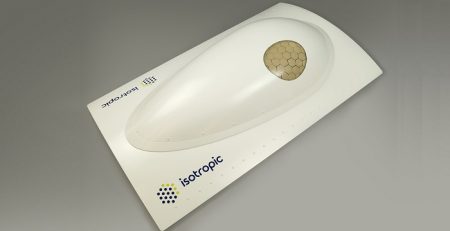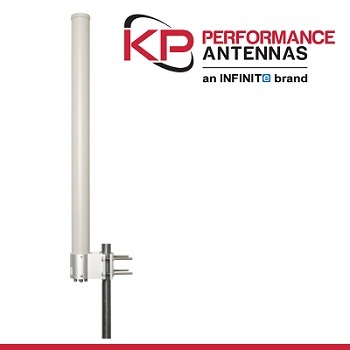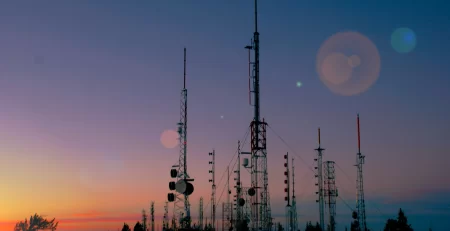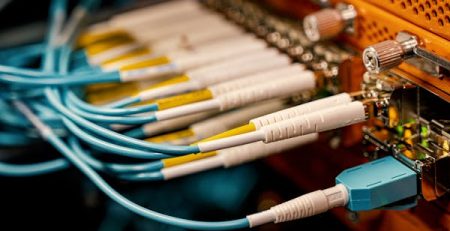How to Select the Right RF Antenna for 5G Base Station Rollout?
 Why Antenna Selection Matters in 5G Base Stations?
Why Antenna Selection Matters in 5G Base Stations?
Role of Antennas in 5G Network Quality
In a 5G base station, the antenna is more than a simple element. It will directly influence signal power shaping, coverage range, data speeds, and network performance. Selecting the appropriate RF antenna ensures your system meets its goals and operates effectively within its environment. A flawed or improper antenna will impair signals, introduce noise, and limit capacity. This hurts 5G’s greatest benefits, like ultra-high speeds and the ability to support many devices.
Key Points to Consider When Selecting an RF Antenna
Frequency Bands and Spectrum Compatibility
5G networks work on various frequency bands, i.e., between sub-6 GHz (e.g., 3.5 GHz) and mmWave bands (24 GHz and higher). One should choose an RF antenna that will accommodate your target spectrum. For example, when deploying high-speed coverage in an urban center through mmWave, you need antennas that correspond to the same bands. RFecho comes with a range of RF antennas from 0.4 GHz to 40 GHz. This positions them to meet global 5G spectrum needs.
Gain and Beamwidth Requirements
The gain of an antenna controls how far a signal travels. Beamwidth controls the area covered. Rural locations are best covered by high-gain antennas to travel far, but they have a narrow beam. More populated cities are better covered by wider beam antennas, so you can reach more people at shorter distances. RFecho offers antennas with gain levels between 3 dBi and over 20 dBi. This will enable you to tailor for your specific application.
Polarization Options and How They Affect
Polarization, linear, circular, or dual-polarized, affects how signals move and bypass obstacles. Dual-polarized antennas perform well in MIMO technology. They send signals on two planes at once, enhancing capacity and minimizing interference. RFecho provides dual-polarized panel antennas in its antenna line for MIMO applications.
 Types of RF Antennas Used in 5G Base Stations
Types of RF Antennas Used in 5G Base Stations
Panel Antennas
Panel antennas are found extensively in macro base stations. They have directed radiation patterns and high gain. These are ideal for sectorizing coverage in suburbs or cities.
Omni-Directional Antennas
Omni-directional antennas send signals in all directions horizontally with equal strength. These are ideal for installations that are small in size or installations where even coverage is needed, like school campuses or parks.
Small Cell Antennas
Small cell antennas are small and designed for high-density sites like malls or stadiums. They add capacity to high-density areas. RFecho offers adjustable small cell offerings for indoor or outdoor installation.
Massive MIMO Antennas
Massive MIMO antennas account for 5G’s ability to handle increased data. These arrays use many elements to generate dynamic beams aimed at specific customers, which helps increase efficiency.
How to Match an Antenna to Your Deployment Environment?
Urban vs. Rural Deployments
Urban high-frequency, narrow-beam antennas minimize interference between cells in the vicinity. They cast signals in a narrow manner. Rural deployments require lower-frequency, high-gain directional antennas. These have more range with fewer towers.
Indoor vs. Outdoor Installations
Indoor antennas must be small and pleasing in appearance when in a busy environment. Outdoor antennas must endure difficult weather. Outdoor antennas require tough, weather-resistant designs. RFecho provides outdoor-rated antennas with heavy-duty constructions for rooftop or tower installations.
What Specifications Do You Need to Compare?
Power Handling Capabilities
Macro cell or small cell antennas must deal with corresponding power levels. This prevents overheating or performance degradation in the long run. Make sure your antenna is capable of handling your system’s power needs.
Connector Types and Mounting Options
Connectors like N-Type or SMA must be compatible with your cables to avoid signal loss. Pole, wall, or ceiling mounting equipment must be compatible with your facility’s infrastructure. RFecho offers connectors like SMA-Female and N-Male/Female, as well as flexible mounting brackets that are convenient for installation in different locations.
 Mistakes to Avoid When Making a Selection
Mistakes to Avoid When Making a Selection
Lack of awareness of Interference Issues
Choosing an antenna without checking adjacent frequency usage causes co-channel interference. This does network performance an injustice. Always check the RF environment before choosing your antenna specifications.
Ignorance of Future Scalability Needs
A current antenna might not be able to cope with future expansion, e.g., more traffic or more frequency bands. Choosing broadband or multiband types avoids expensive future replacements. RFecho supports custom multiband antennas to future-proof your system.
Where Do You Get Quality RF Components?
Why Should You Trust RFecho?
RFecho has years of experience in designing and manufacturing RF. They don’t offer general products. They create specific solutions for unique specifications. Every product is extensively tested to meet international standards like RoHS and ISO9001:2015. RFecho works with customers very closely in selecting, prototyping, tuning, and manufacturing. This ensures maximum performance under actual conditions.
What are Some Other Products RFecho Produces?
Active Devices: Switches, Amplifiers
Besides antennas, RFecho also distributes active devices like low-noise amplifiers (LNAs), power amplifiers (PAs), mixers, modulators/demodulators, phase shifters, attenuators, limiters, and switches (SPDT to SP16T). They also produce synthesizers and transceivers. These are required for complete RF front-end systems.
Passive Devices: Isolators, Filters, Connectors
RFecho also produces passive components, including bandpass filters (cavity, ceramic, or LC), isolators, and circulators through Ku-band frequencies. They produce coaxial adapters and connectors for various cable configurations. These can be assembled into custom kits for lab prototypes or mass base station projects.
FAQ
Q: What type of antenna would be best suited to a rural 5G base station?
A: For the more rural areas that need long-range coverage, sub-6 GHz frequencies, high-gain directional panel antennas are ideal. They offer excellent signal reach extension.
Q: Can I utilize the same model antenna on a number of frequency bands?
A: Yes. Multiband antennas are actually made to do just this. RFecho offers custom multiband models that can accommodate multiple frequency ranges in one unit.
Q: How important is polarization when choosing an RF antenna?
A: Polarization is crucial, especially in MIMO systems. Two-polarized antennas deliver higher data speeds by sending two signals at the same time on two different planes.
Q: Does RFecho have indoor-specific 5G antennas?
A: Yes. Indoor small cell antennas are strong but compact in size. They are ideal for locations like offices or malls where both looks and performance are crucial.
Q: Does RFecho provide custom-designed RF solutions?
A: Yes. We specializes in custom RF components, including antennas for specific frequency bands, gain requirements, polarization requirements, and physical constraints.

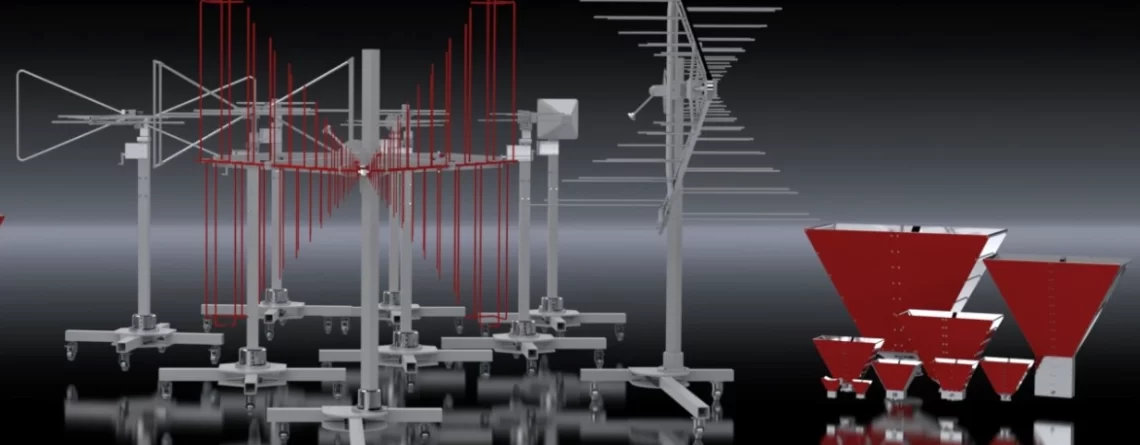
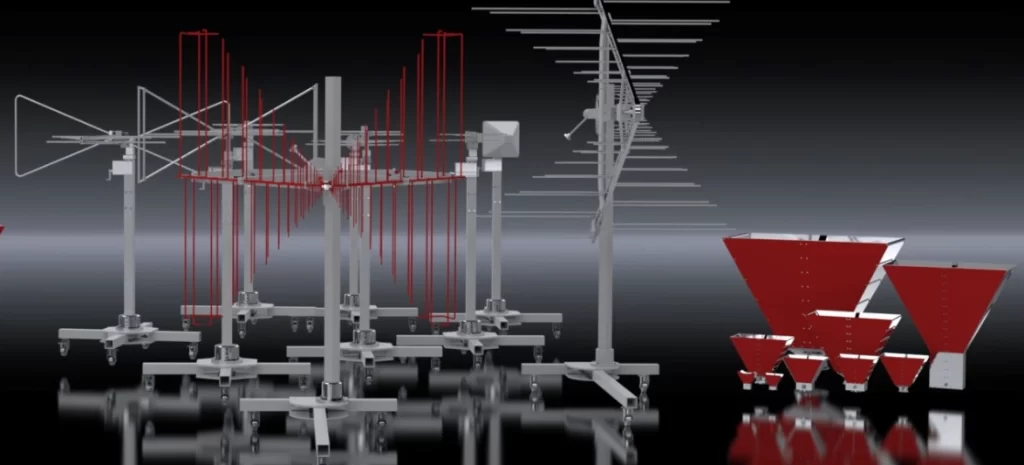 Why Antenna Selection Matters in 5G Base Stations?
Why Antenna Selection Matters in 5G Base Stations?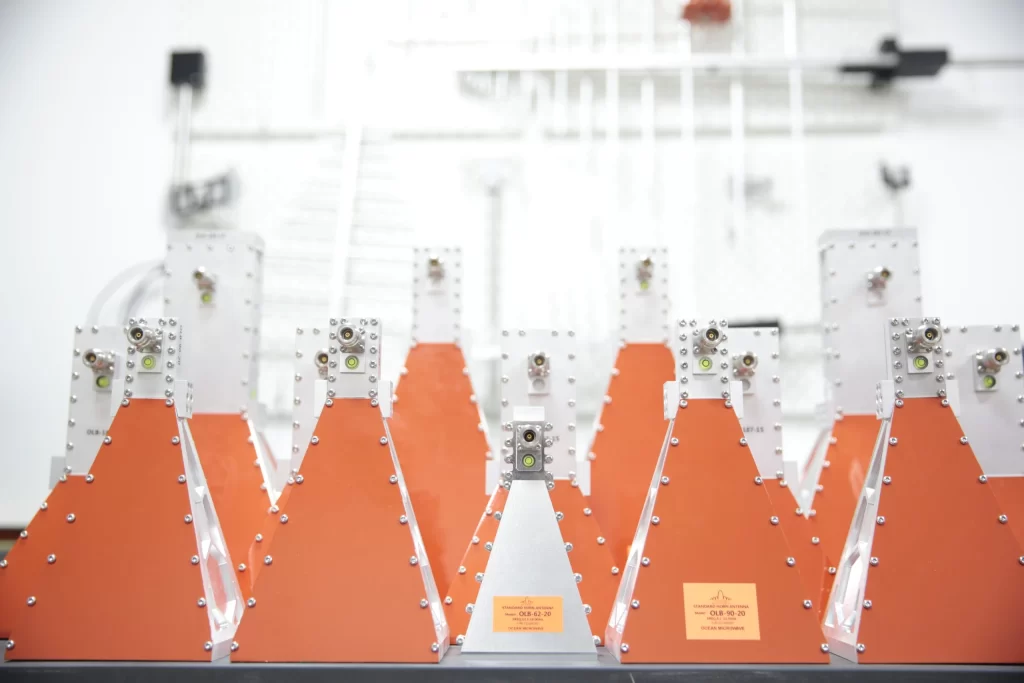 Types of RF Antennas Used in 5G Base Stations
Types of RF Antennas Used in 5G Base Stations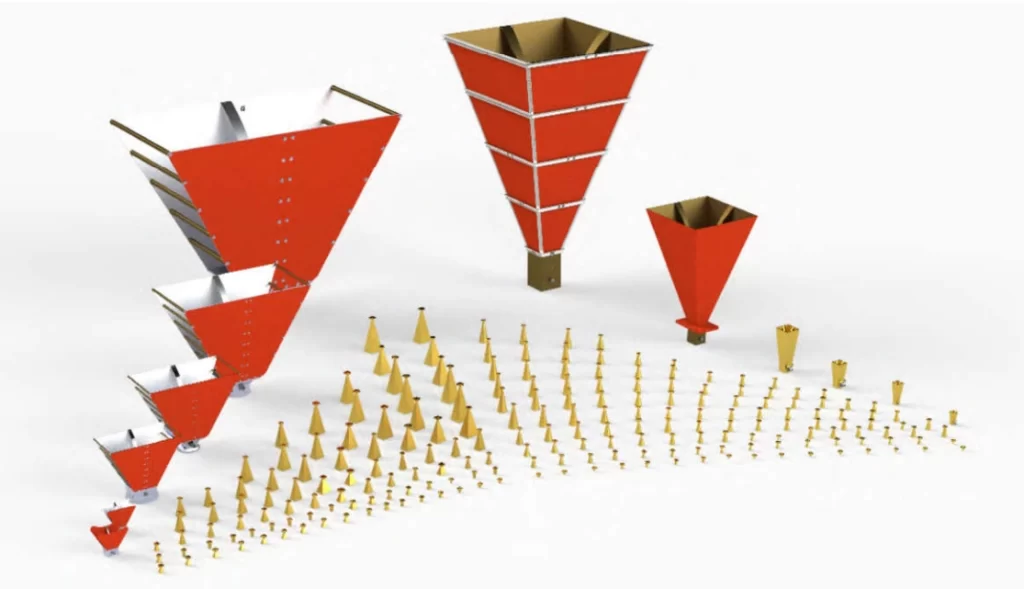 Mistakes to Avoid When Making a Selection
Mistakes to Avoid When Making a Selection